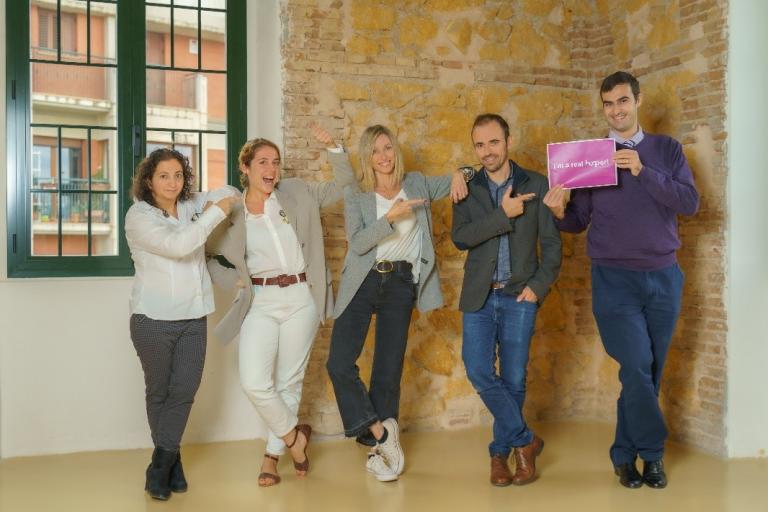Meet the CCRI stakeholders: HOOP (CCRI Project)
Published on 23.11.2023
An interview with the CETENMA team, coordinators of the HOOP project. From left to right in the picture: Francisca Sánchez, Elisa Gambuzzi, Gemma Castejón, Martín Soriano, Miguel Ángel Suárez.

What potential do you see in the CCRI and what do you hope to achieve by participating?
The CCRI has high potential as a framework for enabling discussion and knowledge-exchange between projects, cities and regions.
Through the CCRI, we expect to share HOOP’s experiences, tools and lessons-learned, and to learn from CCRI expertise. This includes getting help to find funding/financing opportunities for HOOP cities.
As one of the longest-running CCRI Projects, what circular economy experience – including technical, economic and legal expertise – can you bring to the CCRI community?
We can offer methodologies, tools and guidance (HOOP Hub) covering all phases of circular bioeconomy projects, until they reach enough maturity for bankability. This covers the initial assessment (urban metabolism, technologies), business models, stakeholder engagement, identifying funding/financing opportunities and innovation public procurement.
In what ways can you support investments at local and regional scales across Europe in the circular economy?
HOOP has developed tools to evaluate the maturity and circularity of the projects using the advice of the Circular Investors Board and the guidance of the Investment Package Manual. Our experience allows us to identify any challenges/barriers in the project development, which is essential to increase bankability.
To find out more about the HOOP project, visit their profile on our website.

including bio-based economy
CEAP2 key product value chain
CEAP2 key product value chain
e.g. chemicals, cosmetics, bio-based industries
e.g. B2B services
e.g. chemicals, textile, ceramics, glass, cement, steel, bio-based industries



